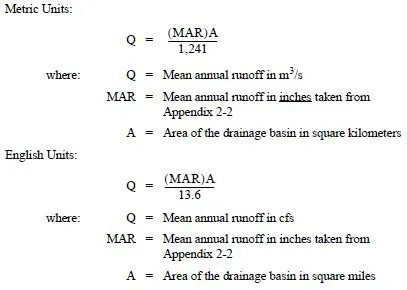A metal flared end section is a manufactured culvert end that provides a simple transition from culvert to channel. Flared end sections allow flow to smoothly constrict into a culvert entrance and then spread out at the culvert exit as flow is discharged into the natural channel or watercourse. Flared ends are generally considered aesthetically acceptable because they serve to blend the culvert end into the finished embankment slope.
Flared end sections are used only on circular pipe or pipe arches. The acceptable size ranges for flared ends and other details are shown on Standard Plan B-70.60-01 for Flared End Sections. Flared ends are generally constructed out of steel and aluminum and should match the existing culvert material, if possible. However, either type of end section can be attached to concrete or thermoplastic pipe and the contractor should be given the option of furnishing either steel or aluminum flared end sections for those materials.
A flared end section is usually the most feasible option in smaller pipe sizes and should be considered for use on culverts up to 48 inches in diameter. For diameters larger than 48 inches, end treatments such as concrete headwalls tend to become more economically viable than flared end sections.
The undesirable safety properties of flared end sections generally prohibit their use in the clear zone for all but the smallest diameters (see WSDOT’s Design Manual for culvert design). A flared end section is made of light-gage metal and, because of the overall width of the structure, it is not possible to modify it with safety bars. When the culvert end is within the clear zone and safety is a consideration, the PEO must use a tapered end section with safety bars as shown on Standard Plans B-80.20-00 and B-80.40-00. The tapered end section is designed to match the embankment slope and allow an errant vehicle to negotiate the culvert opening in a safe manner.
